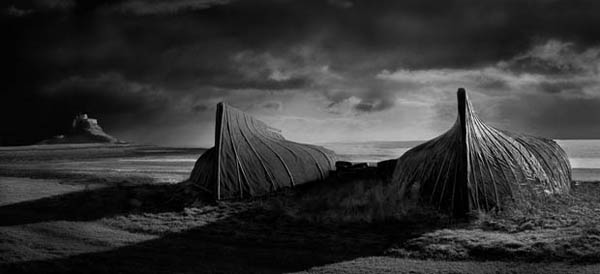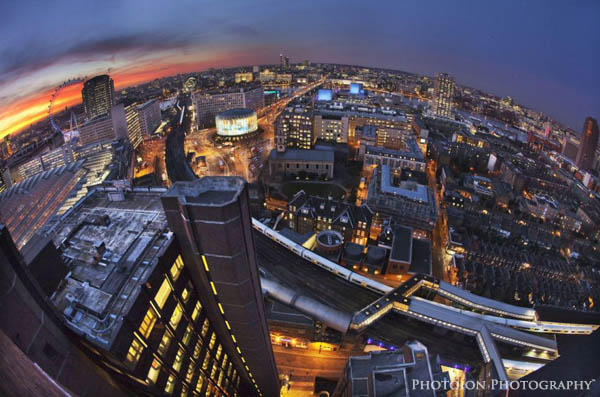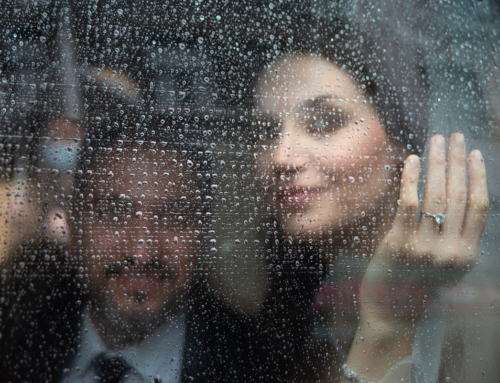Photographer David Byrne the winner of The Landscape Photographer of the year 2012 competition in the UK was disqualified for using too much image manipulation (use of photoshop).
David Byrne
See the image below:

Landscape Photographer of the Year 2012 winner David Byrne had his title stripped and he lost £10,000 when the judges of the competition decided that he used too much image manipulation.
David Byrne claimed that he did not read the rules of the competition and he admitted that he digitally manipulated the photograph adding clouds and changing other small details through the cloning tool on his black and white photograph of the Lindisfarne Castle in Northumberland which was sleeked as the winner image from over 2000 thousands entries.
However, David Byrne also mentioned that the changes he made were ‘not major’ but acceptable.
Also, David Byrne apparently has received lots of email messages from supporters after he was disqualified. He stated that he didn’t feel he had done anything wrong by adding clouds and removing some other parts from the image (some other small boats).
It is somehow strange that, image editing, including HDR techniques and image blending are allowed in all categories of the competition. However, the competition rules state that for the ‘Classic view’ section (the one in which David Byrne’s image was entered) – ‘the integrity of the subject must be maintained and the making of physical changes to the landscape is not permitted’. This includes removal of fences, moving trees and modification made in the sky particularly cloning details in the sky from another image.
David Byrne’s photograph had drawn criticism from other photographers across the country.
Lots of other professional photographers expressed their doubt over specific element from Byrne’s picture and they approved the judges’ decision.
The competition founder Charlie Waite said after the image was disqualified: ‘This is extremely regrettable and it appears there was no deliberate intention to deceive the judges.
‘But, the level of manipulation means this photograph gained an unfair advantage in this category and in winning the overall competition.’
Byrne admitted that unfortunately he did not read the rules and was unaware of such restrictions regarding the post production image manipulation.
A paragraph from David Byrne’s website reads: ‘While I don’t think what I have done to the photo is wrong in any way, I do understand it’s against the regulations so accept the decision. I apologise for any inconvenience caused. ‘The changes I made were not major and if you go to the locations you will see everything is there as presented – I did not remove permanent structures etc and the only reason this has come about has been due to my openness about how and what I do to my images. I am proud of my work and stand by it.’
Charlie Waite, the judge added: ‘The integrity of the competition is very important to all involved and it was clear that disqualification was the only course of action open to us.
‘We will be reviewing our checking processes to ensure that such issues are picked up earlier in the judging process for 2013 and beyond.
In the meantime, another photograph submitted to the same competition ‘Tenement Buildings at Port Glasgow, Inverclyde’ by Simon Butterworth, has been chosen as the new winner of The Landscape Photographer of the Year 2012.
Simon Butterworth’s photograph was the next entry in line with the highest score across all four categories of the competition.
About 100 of the best entries were shown in the Take a view – The Landscape Photographer of the Year 2012 exhibition at the National Theatre in London from 12 November 2012-12 January 2013 and also printed in a photography book.
The image on the cover of the book was taken by our colleague Ion Paciu, See the book cover below:




Leave A Comment